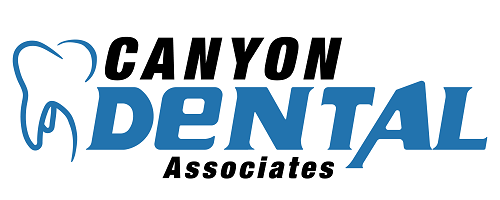Gum disease, also known as periodontal disease, is a common but preventable condition that can significantly impact oral health and overall well-being. It ranges from simple gum inflammation to serious disease that can result in major damage to the soft tissue and bone that support the teeth. Understanding gum disease’s prevention, recognizing its early signs, and being aware of treatment options are essential steps in maintaining oral health. This comprehensive guide aims to provide valuable insights into gum disease for individuals looking to protect their oral health.
Understanding Gum Disease
Gum disease is caused by plaque, a sticky film of bacteria that forms on teeth. If not removed through daily brushing and flossing, plaque can harden into tartar, further exacerbating gum inflammation and leading to periodontitis, a more severe form of gum disease.
Prevention of Gum Disease
Good Oral Hygiene
The foundation of gum disease prevention lies in good oral hygiene. Brushing at least twice a day with fluoride toothpaste, flossing daily, and using an antimicrobial mouthwash can significantly reduce plaque buildup.
Regular Dental Check-ups
Regular visits to the dentist for cleanings and examinations are crucial. Professional cleaning can remove tartar that can’t be handled by brushing and flossing alone.
Healthy Lifestyle Choices
Smoking cessation, a balanced diet, and managing conditions like diabetes are vital in preventing gum disease. Smoking, in particular, is a significant risk factor for developing periodontal disease.
Early Signs of Gum Disease
Identifying gum disease in its early stages is key to preventing its progression. Some signs to watch for include:
- Gums that bleed easily during brushing or flossing
- Red, swollen, or tender gums
- Gums that have pulled away from the teeth
- Persistent bad breath or bad taste in the mouth
- Loose teeth or changes in the way your teeth fit together when you bite
Treatment Options
Non-Surgical Treatments
Professional Cleaning: As part of your regular dental check-up, professional cleaning involves the removal of plaque and tartar from above and below the gum line.
Scaling and Root Planing: This deep-cleaning, nonsurgical procedure is done under local anesthesia. It involves scraping away tartar from above and below the gum line and smoothing rough spots on the tooth root where germs gather.
Surgical Treatments
Flap Surgery: For advanced periodontitis, this procedure involves lifting back the gums to remove tartar deposits in deep pockets. The gums are then sutured back in place to fit snugly around the tooth.
Bone and Tissue Grafts: In conjunction with flap surgery, grafts can be used to replace or encourage the growth of bone or gum tissue destroyed by periodontitis.
Conclusion
Gum disease can be a silent threat to your oral health, often progressing without pain and leading to severe complications if left untreated. However, with proper prevention techniques, early detection, and appropriate treatment, it’s possible to manage gum disease effectively. It’s crucial to maintain a diligent oral hygiene routine, make regular visits to your dentist, and adopt healthy lifestyle habits.
By understanding the risks, signs, and treatments for gum disease, you can take proactive steps to safeguard not just your oral health, but your overall health as well. Remember, taking care of your gums is as important as taking care of your teeth. For personalized advice and treatment options, it’s always best to consult with a dental professional.
At Canyon Dental Associates, we’re dedicated to providing comprehensive care and guidance to help our patients prevent and manage gum disease. With a focus on personalized, affordable dental care, our team is here to support your journey towards a healthier smile and a healthier life.


